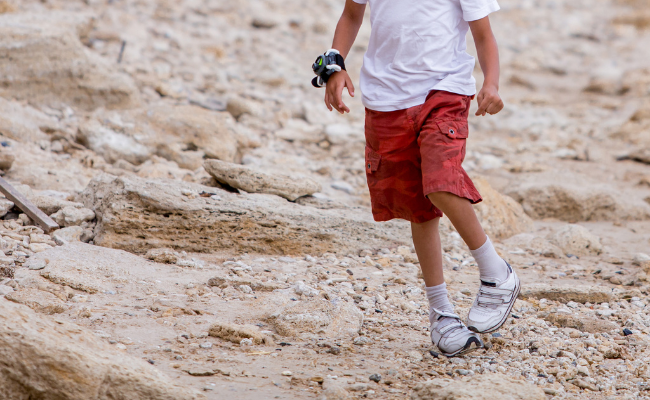How to Treat Club Foot?
- November 02, 2023
- No Comments

What is Clubfoot?
Clubfoot, or talipes equinovarus, is a congenital condition impacting newborns, characterized by the abnormal positioning of the foot or feet. In this condition, the affected foot is rotated internally at the ankle, with the front of the foot pointing downward and the heel turned inward. Clubfoot can affect one or both feet, potentially leading to walking difficulties and complications as the child grows. This congenital deformity, also known as a birth defect, results in the inward turning of a baby's foot or feet, with the bottom facing sideways or upward. Approximately 1 in every 1,000 newborns is affected by clubfoot at birth.
Why Does Clubfoot Occur?
The precise cause of clubfoot remains elusive, although it is often considered a result of a combination of genetic and environmental factors. While the majority of clubfoot cases occur without a clear cause, there might be a genetic predisposition involved. Additionally, factors like abnormal positioning in the womb may contribute to the development of clubfoot.
How to Identify Clubfoot?
Clubfoot is typically identified at birth based on the visual appearance of the infant's foot. The affected foot is noticeably turned inward and downward, with the heel rotated inward. In some cases, the affected foot may also be smaller, and the calf muscles on the affected side may appear underdeveloped. Early identification is crucial for prompt intervention and successful treatment.
Treatment Solutions for Clubfoot
- Ponseti Method: The Ponseti method is a well-established, non-surgical approach for treating clubfoot. This method involves a series of manipulations and castings to gradually correct the foot's position. The process typically spans several weeks, with the cast being changed regularly to guide the foot into the desired alignment. After the correction is achieved, a brace is often recommended to maintain the corrected position, and periodic follow-ups may be necessary.
- Achilles Tendon Release (Tenotomy): In certain cases where the Achilles tendon is tight, a minor surgical procedure known as tenotomy may be recommended. This involves a small incision to release the tight tendon, allowing for further correction of the foot's position. The procedure is often performed under local anesthesia, and the recovery period is generally swift.
- Bracing and Physical Therapy: Following successful correction using the Ponseti method or after tenotomy, the child may be required to wear a brace for an extended period. The brace helps prevent the recurrence of clubfoot by maintaining the corrected position. Additionally, physical therapy exercises may be prescribed to strengthen the foot and leg muscles.
- Casting and Bracing Series: The treatment of clubfoot often involves a series of castings and bracing. The casting phase focuses on gradually reshaping the foot, while the bracing phase is crucial for maintaining the correction achieved during the casting process. Compliance with the bracing regimen is essential for long-term success.
Benefit Points of Clubfoot Treatment
- Improved Mobility: Timely and effective treatment of clubfoot significantly enhances a child's mobility. By correcting the foot's position early in life, the child can develop a more normal walking pattern, reducing the risk of long-term mobility issues.
- Prevention of Secondary Issues: Prompt intervention helps prevent secondary problems associated with untreated clubfoot, such as difficulty walking, arthritis, and other orthopedic complications. Addressing clubfoot early reduces the risk of these long-term challenges.
- Enhanced Quality of Life: Treating clubfoot in its early stages contributes to an improved quality of life for the child. The ability to engage in physical activities without hindrance fosters normal childhood development.
- Reduced Emotional Impact: Early treatment minimizes the emotional impact on both the child and the parents. It provides a sense of hope and positivity, knowing that effective treatments are available to address and correct the condition.
- Avoidance of Surgical Complications: The Ponseti method, if successful, can often eliminate the need for extensive surgical procedures. This reduces the risk of complications associated with surgery, offering a less invasive and effective alternative.
Comments (0)